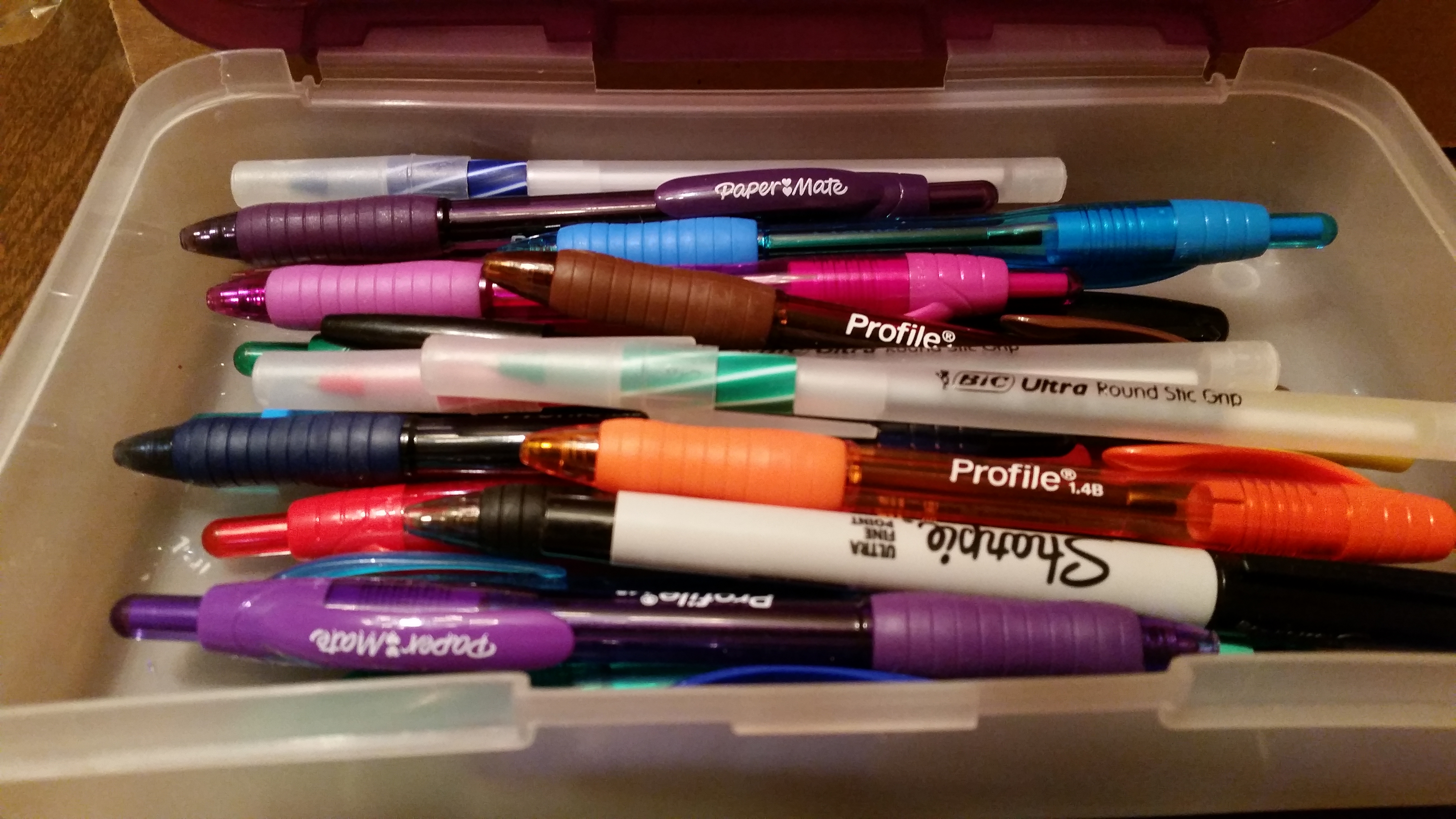
Plot Driven Story Telling
Recently I began working on a new screenplay project I pitched to a management team. For almost a year…
August 5, 2022
Recently I began working on a new screenplay project I pitched to a management team. For almost a year…
August 5, 2022
Good plot twists can make or break our story. While twists are important to all fiction writing, they are…
October 17, 2021
Before I began writing my current W.I.P I knew exactly who my protagonist and antagonist were. I knew how…
August 4, 2020
We’ve been looking at crafting plot twists. #amwriting #plottwists [bctt tweet=”Create a jaw-dropping plot twist by convincing your reader…
June 10, 2016
Continuing our look at crafting a spectacular plot twist, this time we’ll look in detail at a couple of…
May 19, 2016
Last time we talked about all the elements needed to create a stunning plot twist. This time, we’ll talk…
April 23, 2016
Plot Twists [bctt tweet=”Four elements to plot twists: 1) unexpected, 2) inevitable, 3) an escalation of what preceded it,…
March 11, 2016